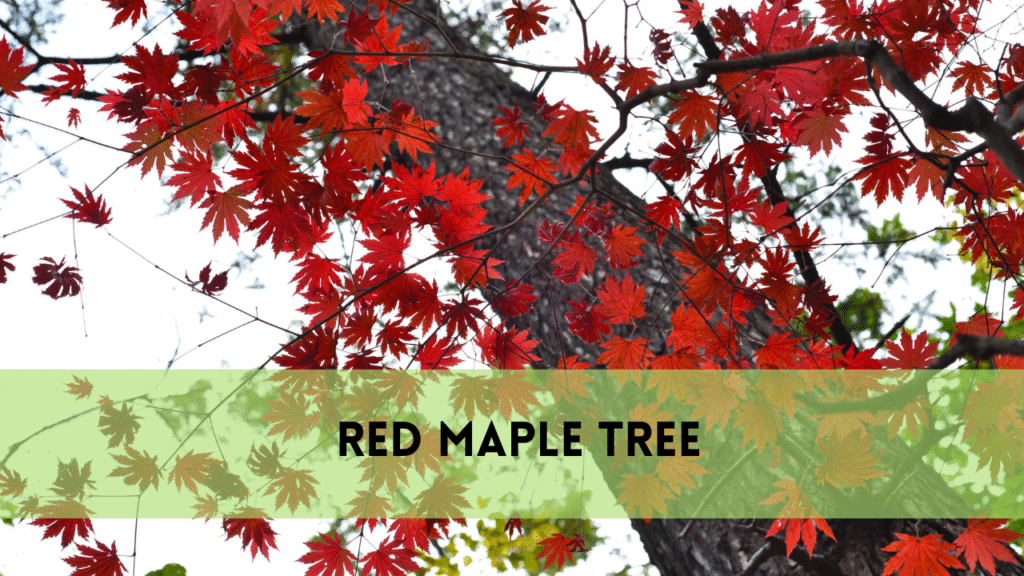Fall tree trimming in Houston is the ideal time of year to trim trees. The cooler temperatures are good for pruning and help in tree recovery and growth. At Crosby Arborist, we’re committed to providing the best tree care services possible so that your trees continue to be gorgeous and healthy. We go over every facet of fall tree pruning in this comprehensive guide, including its advantages, methods, and best practices.
Importance of fall tree trimming in Houston
It promotes healthy development by removing dead or unhealthy branches to encourage strong development.
Reduces the likelihood of falling branches during winter storms.
It enhances the tree’s form, fostering even growth.
Allows more sunlight to reach lower branches and surrounding plants.
The preparation for winter involves strengthening trees to withstand cold temperatures.
Eliminates breeding sites for pests and diseases.
It enhances aesthetics by maintaining a tidy and pleasant landscape.
Fall tree trimming in Houston

Best Practices for Fall Tree Trimming in Houston
Fall tree trimming in Houston is an important component of tree care because it encourages healthy development, increases safety, and improves your environment’s overall appearance. Fall is an excellent time for tree cutting, particularly in areas with mild winters such as Houston. In this detailed tutorial, we will go over the best methods for fall tree cutting, so your trees stay vibrant and healthy all year.
A thorough inspection of trees
Before you begin cutting, you should thoroughly evaluate your trees. A thorough inspection lets you discover the branches that require maintenance and guarantees you don’t ignore any potential problems. Here’s what to look for during the inspection:
Dead or diseased branches
Remove the dead or unhealthy branches first. These branches can harbor pests and illnesses, which may spread to other parts of the tree or even surrounding plants. Check for branches devoid of leaves or those displaying discoloration or fading.
Crossing and Rubbing Branches
Branches that overlap or brush against one another can leave wounds that attract illness and bugs. Early detection and removal of these branches help to prevent long-term structural harm to the tree.
Structural issues
Examine the tree’s overall structure. Look for branches growing at strange angles or with weak attachment points. Pruning can help prevent future troubles and produce a robust, healthy tree.
Using the Right Tools for fall tree trimming in Houston
Using the proper tools is critical for efficient and safe tree pruning. Here are the key tools you should have:
Pruning Shears
Pruning shears are ideal for trimming smaller branches and twigs. Choose sharp, clean shears to make precise cuts without injuring the tree.
Loppers
Loppers are useful for cutting thicker branches than pruning shears can handle. They offer more leverage, making it simpler to chop through larger branches.
Pruning Saws
For increasingly larger branches, a pruning saw is required. To achieve smooth, quick-healing cuts, keep the saw sharp and clean.
Pole pruners
Pole pruners allow you to cut high branches without using a ladder. They are handy for towering trees in difficult-to-access regions.
Disinfectants
To prevent illness transmission, sanitise your tools between cuts. A basic solution of bleach and water works well for this purpose.
Making clean cuts
How you cut branches has a big impact on the tree’s health and recovery. Follow these tips to make clean and effective cuts:
Cut at the right angle
Cut at a small inclination of about 45 degrees away from the bud or branch collar. This angle allows water to drain away, lowering the risk of rot and illness.
Avoid leaving stubs
Leaving stubs or small parts of branches can cause disease and pest infestations. Always cut near the branch collar, not inside it.
Use the three-cut method
To avoid ripping the bark, clip the huge branches three times. First, cut a small notch on the underside of the branch. Then, remove the branch by making a second cut further out on the top side. Finally, a clean cut at the branch collar to remove the remaining stub.
Specific Methods for Effective Fall Tree Trimming in Houston
Different trimming techniques serve various purposes, ranging from strengthening tree structure to increasing aesthetic appeal. Here are some key techniques:
Crown Thinning
Crown thinning is the selective removal of branches from the tree’s canopy to increase air circulation and light penetration. This approach encourages healthy growth while lowering the chance of sickness.
Crown Raising
Crown raising requires removing lower branches to raise the tree’s canopy. This technique increases pedestrian and vehicular clearance while improving the tree’s overall look.
Crown Reduction
Crown reduction decreases the tree’s total size. This procedure is excellent for trees that have grown too big for their environment. Remove thicker branches at the top to reduce height and spread while preserving the tree’s original shape.
Deadwooding
Deadwooding refers to the removal of dead or decaying branches. This technique not only improves the appearance of the tree but also minimizes the likelihood of limbs falling during a storm.
Aftercare of Fall trimming trees in Houston
Proper aftercare is essential for helping trees recover quickly from pruning stress and maintaining long-term health. Here are some after-care tips:
Mulching
Apply a layer of mulch around the tree’s base to help retain moisture and regulate the soil temperature. To avoid decay, keep the mulch away from the trunk.
Watering
Water your trees thoroughly and consistently, especially during dry seasons. Recovery after pruning requires adequate fluids.
Fertilisation
Consider fertilizing your trees in late autumn to provide the necessary nutrients. Use a slow-release fertiliser to encourage steady nutrient uptake and good growth.
Why choose Crosby Arborist for fall tree trimming in Houston?
Crosby Arborist takes pride in its expertise and devotion to customer satisfaction. Here’s why we’re the ideal pick for your fall tree trimming needs:
Experienced professionals
Arborists with considerable experience in tree care comprise our staff. We have the skills to complete any tree trimming project, large or small.
Comprehensive Services
We provide tree care services, including pruning and trimming, disease treatment, and emergency tree removal. Our holistic approach guarantees that your trees receive the finest possible care.
Safety first
We prioritize safety in all of our operations. We train our team to adhere to strict safety measures that protect both your property and our employees.
Advanced Equipment
We utilize cutting-edge technology and techniques to ensure efficient and precise tree trimming, To prevent the transmission of disease, we maintain and disinfect our tools regularly.
Customer-centric Approach
Crosby Arborist values its consumers. We collaborate closely with you to understand your requirements and provide personalized solutions. Your satisfaction is our top priority.
Contact us today
Are you ready to offer your trees the care they deserve? Crosby Arborist offers skilled fall tree trimming services in Houston. Our crew is here to help your trees grow and improve your property’s appearance.
FAQs
Why is fall the ideal time to prune trees in Houston?
Autumn is ideal for tree pruning in Houston because the milder weather lessens stress on the trees, allowing them to heal more quickly. Furthermore, trees are dormant, which reduces sap loss and the chance of attracting pests.
What signs indicate that my tree requires trimming?
Look for dead or diseased branches, branches that rub against one another, and limbs that block walkways or power lines. Excessive leaf drop and odd growth patterns may also indicate a need for trimming.
How often should Houston residents trim their trees?
The species, age, and overall health of the tree determine the frequency of trimming. Pruning mature trees should occur every 3–5 years, while younger trees might need more frequent care to control their growth.
Can I prune my trees in the fall to reduce storm damage?
Yes, pruning trees in the fall can help reduce storm damage. By eliminating weak or overhanging branches, you lessen the likelihood that they will break off during winter storms, causing property damage or injury.
What measures should I take when cutting trees near electrical lines?
Trimming trees near power lines takes tremendous vigilance. It is best to engage a professional arborist with the necessary experience and tools to complete the task safely. Never trim branches within 10 feet of your power lines.
Conclusion
Fall tree trimming in Houston is vital for keeping your trees healthy, safe, and beautiful. By removing dead or diseased branches and strengthening the structure of trees, you can ensure healthy growth and avoid potential problems. Crosby Arborist is committed to providing expert tree care services tailored to your specific requirements. Trust our expert team to help your trees thrive and improve your landscaping. For professional fall tree trimming services in Houston, contact us today.




